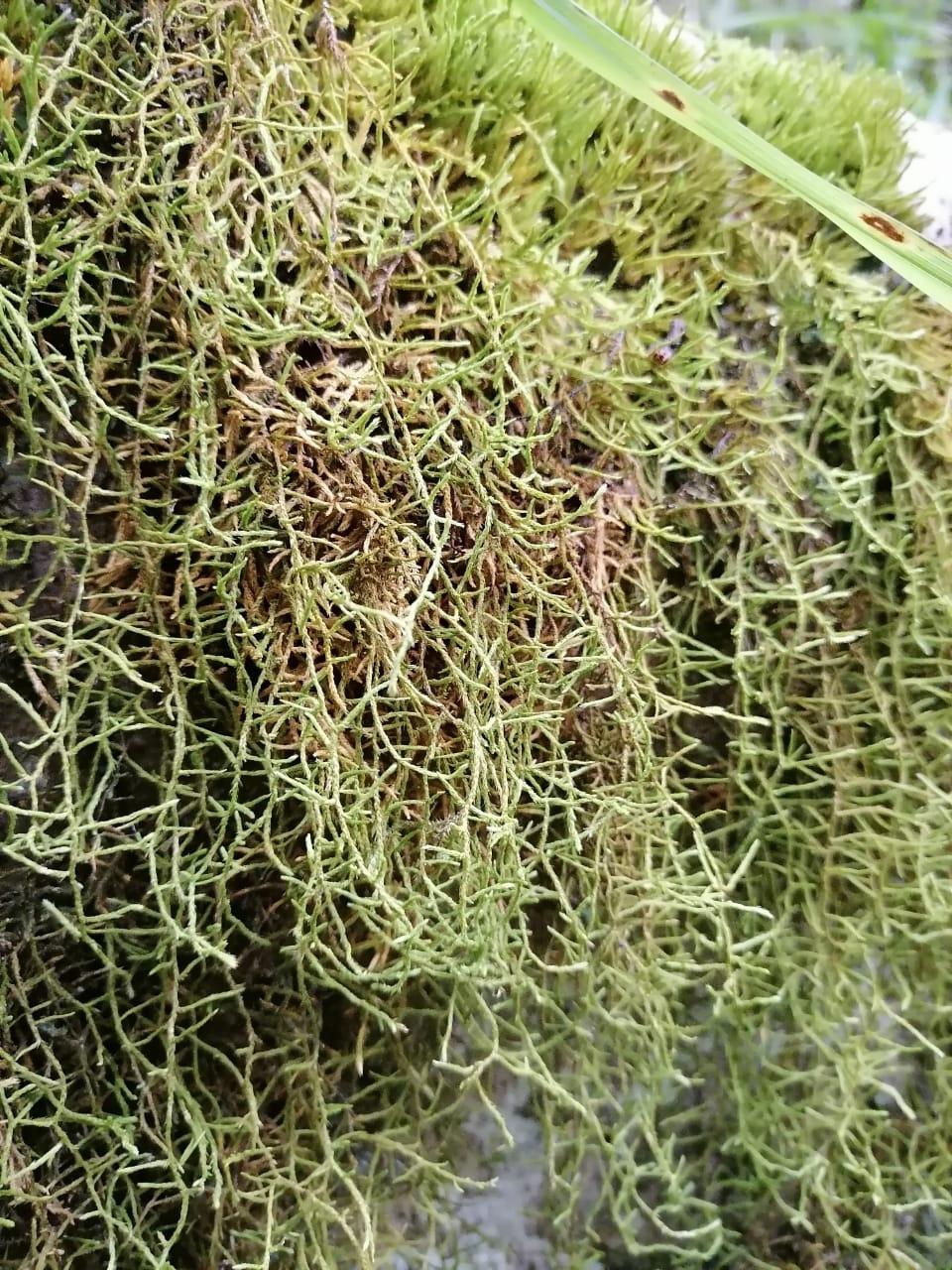
original.jpeg from: https://www.gbif.org/es/species/8256773
Papillaria helminthocladula Cardot: A Fascinating Moss of the Meteoriaceae Family
Mosses are small but mighty plants that play important roles in ecosystems around the world. One particularly interesting moss is Papillaria helminthocladula Cardot, also known simply as Papillaria. This moss belongs to the Meteoriaceae family and has some unique characteristics. Let’s take a closer look at this fascinating little plant.
Background on Mosses
Mosses are non-vascular plants in the division Bryophyta. They lack true roots, stems, and leaves. Instead, they have leaf-like structures called phyllids. Mosses reproduce via spores rather than seeds and are found in moist environments on every continent.
There are over 12,000 species of moss. They play important ecological roles, helping with nutrient cycling, water retention, erosion control, and providing habitat for tiny organisms. Mosses are also useful to humans as bioindicators of air pollution and environmental health.
Morphology and Identification of Papillaria helminthocladula
Papillaria helminthocladula is a pleurocarpous moss, meaning it has a branching, creeping growth habit. The main stems can reach 5-10 cm long. The phyllids are ovate-lanceolate in shape, 1-2 mm long, and have a short, single costa (midrib).
One of the most distinctive features of P. helminthocladula is the dense papillae (rounded cell wall projections) on the phyllids, which give it a slightly rough texture. The specific epithet “helminthocladula” means “little worm-like branch” and refers to the curved, almost worm-like shape of the branches.
Global Distribution and Habitat
Papillaria helminthocladula has a pantropical distribution, found in tropical regions around the world including Central and South America, Africa, Southeast Asia, and Oceania. It typically grows as an epiphyte on tree trunks and branches in moist, shady forests from lowlands to mountains.
In the Neotropics, P. helminthocladula is often found in montane rainforests and cloud forests at elevations of 500-2500 meters. It prefers areas with high humidity and frequent mist or fog. The moss anchors itself to bark with rhizoids and absorbs water and nutrients directly through its phyllids.
Ecological Roles and Adaptations
Like other epiphytic mosses, Papillaria helminthocladula plays an important role in intercepting and retaining moisture in forest canopies. It helps to regulate humidity and temperature, prevent water loss, and provide a slow-release reservoir of moisture for itself and other canopy-dwelling organisms during dry periods.
The dense papillae on its phyllids help P. helminthocladula to efficiently absorb and hold onto water. The curved, worm-like branching pattern allows it to creep and cling tightly to its substrate. Papillaria mosses also host a diversity of micro-organisms in their mats, including tardigrades, nematodes, rotifers, and protozoa.
| Characteristic | Description |
|---|---|
| Family | Meteoriaceae |
| Growth Form | Pleurocarpous (branching) |
| Stem Length | 5-10 cm |
| Phyllid Shape | Ovate-lanceolate |
| Phyllid Length | 1-2 mm |
| Costa | Short, single |
| Texture | Papillose (rough) |
| Habitat | Epiphytic, tropical forests |
| Elevation Range | 500-2500 m |
| Key Adaptation | Dense papillae |
Conclusion
Papillaria helminthocladula is a prime example of how mosses, though small, have fascinating adaptations that allow them to thrive in specific habitats and play vital ecological roles. Next time you’re in a tropical forest, take a closer look at the mosses – you might just spot this unique little “wormy” moss! What other secrets of the forest canopy are waiting to be discovered?